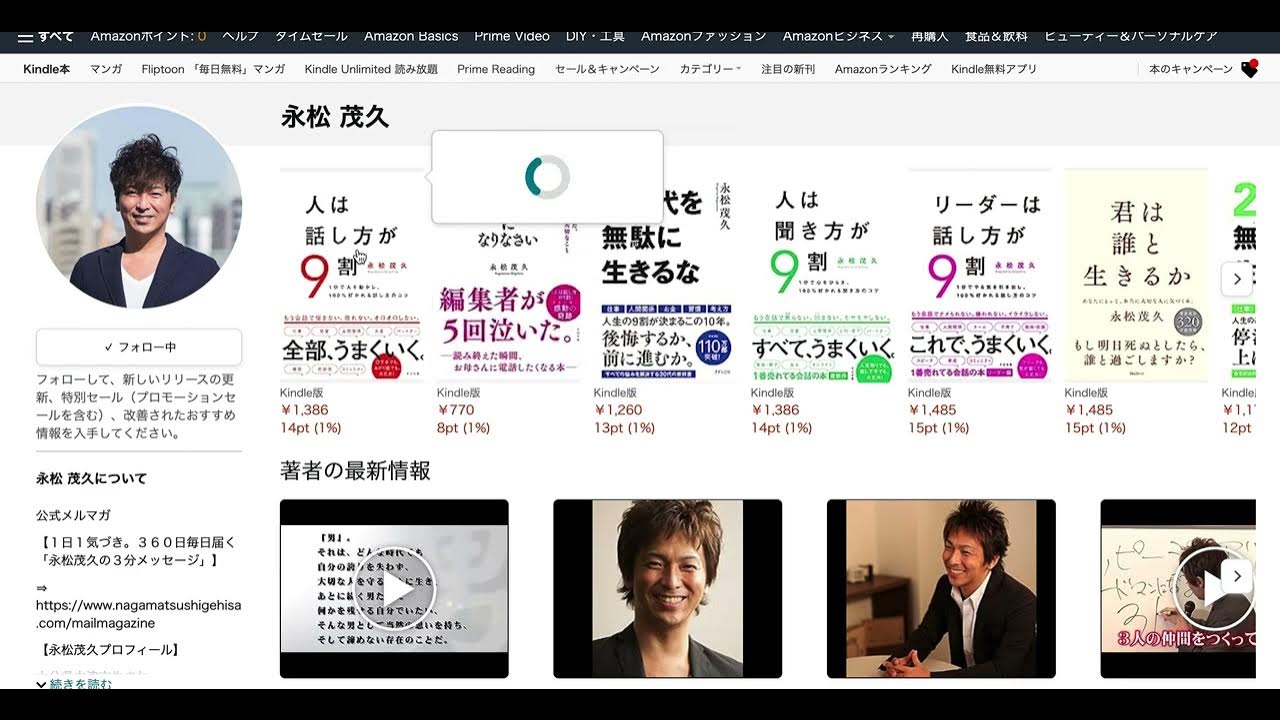each & underscore_ in Power Query Explained
Summary
TLDRこのビデオスクリプトは、パワークエリにおける'each'キーワードとアンダースコアの使い方を詳しく説明しています。'each'はコレクション内の各アイテムを意味し、アンダースコアは文脈によって意味が変わります。テーブルやリストの文脈での実践例を通じて、アンダースコアがテーブルでは行(レコード)を、リストではリストの各アイテムを表すようになる理由が説明されています。また、関数を用いたより複雑なデータ操作の例も紹介されており、パワークエリの構文が簡潔で読みやすいように設計されている点も強調されています。
Takeaways
- 😀 「each」キーワードは、コレクション内の各アイテムを意味しますが、コンテキストによって意味が変わります。
- 🔍 「_」アンダースコアは、その文脈によって意味が変わる特別なキーワードです。テーブルでは行を、リストではリスト内の各アイテムを表します。
- 📊 Power Queryで「Table.AddColumns」関数を使用すると、「each」キーワードとアンダースコアを用いて新しい列を追加できます。
- 💡 アンダースコアを使用すると、テーブルの各行(レコード)を変数として扱うことができます。これにより、行内の特定のフィールド(例えば「amount」)にアクセスできます。
- 📝 「each」とアンダースコアは、関数を簡単に記述するための糖衣構文であり、Power Queryの構文を読みやすくします。
- 🔗 リストの文脈で「each」キーワードとアンダースコアを使用すると、リスト内の各アイテムに対して操作を実行できます。
- 🛠 「each」キーワードとアンダースコアは、関数を定義する際に使用されることができ、これによりテーブルやリストの各アイテムを操作できます。
- 📚 Power Queryの学習者は、このビデオの説明を通じて、「each」キーワードとアンダースコアの使い方をより深く理解できます。
- 🎓 ビデオでは、DAXやPower Queryのコースへのリンクが提供されており、これらは初心者から上級者まで幅広くデータ分析のスキルを身につけるのに役立ちます。
- 🎉 ビデオの最後に、視聴者からのフィードバックや質問を歓迎するメッセージが含まれており、視聴者がより深く学び込む機会を提供しています。
Q & A
「each」キーワードは何を意味するのですか?
-「each」キーワードは、コレクション内の各アイテムを意味します。
アンダースコア(_)は何を意味するのですか?
-アンダースコアは文脈によって意味が変わります。テーブルの文脈では行(レコード)を指し、リストの文脈ではリストの各アイテムを指します。
「each」キーワードとアンダースコアはどのように使用されますか?
-「each」キーワードとアンダースコアは、Power Queryの関数内で使用され、特定のコレクションの各アイテムに対して操作を実行するために使われます。
テーブルに新しい列を追加するにはどうすればいいですか?
-テーブルに新しい列を追加するには、「table.addcolumns」関数を使用し、「each」キーワードとアンダースコアを組み合わせて、各行の特定のフィールドを取得または操作します。
リストに対して「each」キーワードとアンダースコアを使用すると何が起こりますか?
-リストに対して「each」キーワードとアンダースコアを使用すると、リストの各アイテムに対して操作を実行することができます。例えば、リストの各アイテムに1を加算するなどです。
アンダースコアはどのようにして変数として機能するのですか?
-アンダースコアは関数内で使用される際に、コレクションの各アイテム(テーブルの行やリストの要素)を参照する変数として機能します。
「each」キーワードとアンダースコアが提供する「糖衣構文」とは何ですか?
-「糖衣構文」とは、Power Queryの関数をより読みやすく、簡単に記述するための簡略表現です。「each」キーワードとアンダースコアは、関数を定義する際に使用され、その結果を簡単に取得することができます。
関数内で変数を宣言する必要がある理由は何ですか?
-関数内で変数を宣言することにより、関数の処理中に行ったり来たりするデータや値を参照しやすくなります。これにより、コードの可読性と管理性が向上します。
テーブルとリストの文脈で「each」キーワードとアンダースコアを使用する際の違いは何ですか?
-テーブルの文脈ではアンダースコアは行(レコード)を参照し、リストの文脈ではリストの各アイテムを参照します。これは、データ構造によって変数として保持されるデータの性質が異なるためです。
「each」キーワードとアンダースコアを使用する際に文脈が重要である理由は何ですか?
-文脈が重要であるのは、アンダースコアが参照するデータの性質が文脈によって変わることによるためです。テーブルとリストなど異なるデータ構造に対して同じキーワードを使用する場合、期待する動作が異なるためです。
Outlines

此内容仅限付费用户访问。 请升级后访问。
立即升级Mindmap

此内容仅限付费用户访问。 请升级后访问。
立即升级Keywords

此内容仅限付费用户访问。 请升级后访问。
立即升级Highlights

此内容仅限付费用户访问。 请升级后访问。
立即升级Transcripts

此内容仅限付费用户访问。 请升级后访问。
立即升级5.0 / 5 (0 votes)






